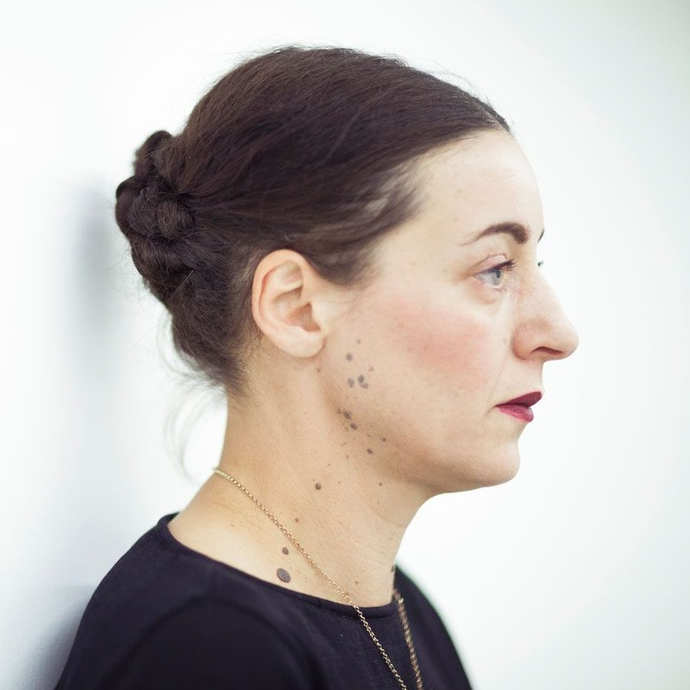
Marzia Migliora
Marzia Migliora's body of work consistently incorporates the theme of absence and the subtle transformation of preexisting structures. These elements serve as an invitation to the viewer, encouraging them to forge a fresh connection with the context the artwork addresses, thereby broadening its visual impact and enriching the ongoing discourse surrounding the themes she explores.
Biography of Marzia Migliora
Marzia Migliora was born in 1972 in Alessandria, Italy. Currently, she resides and works in Turin. She is a versatile artist who employs various media, including photography, video, sound, performance, installation, and drawing.
Her artistic practice draws inspiration from seemingly inconsequential events, contemporary societal issues, and personal recollections. Migliora delves into themes such as identity, contradiction, desire, and responsibility, all the while weaving connections between the present and the past, and between diverse places and narratives.
Migliora's work has been showcased at numerous prestigious international venues, including the 2015 Venice Biennale within the Italian Pavilion.
Her art is widely recognized and celebrated, with pieces held in collections spanning museums, public institutions, and private holdings around the world. These include notable institutions such as the Biedermann Museum in Donaueschingen, Germany; The National Museum of Women in the Arts in Washington, USA; Fundaciò Sorigué in Lleida, Spain; Castello di Rivoli Museum of Contemporary Art in Turin, Italy; Museo Novecento in Milan, Italy; Sandretto Re Rebaudengo in Turin, Italy; Merz Foundation in Turin, Italy; La Triennale Museum in Milan, Italy; ACACIA Collection in Milan, Italy; La Gaia Collection in Cuneo, Italy; Videoinsight Collection in Turin, Italy, and the MAGA Museum in Gallarate, Italy. Marzia Migliora's impactful and thought-provoking art has left an indelible mark in the realm of contemporary art, resonating with audiences worldwide.
Marzia Migliora's Art Style
Marzia Migliora's solo exhibition titled "Fame d'aria" at the Lia Rumma Gallery delves into the concept of hunger, a fundamental human instinct that has historically influenced and continues to shape dynamics related to survival, appropriation, and what might be described as "extractivism" – the exploitation of the Earth's resources.
One of the prominent works featured in the exhibition is the sculpture "Lek," which evokes a sense of urgency. It appears as if hastily assembled in an emergency, incorporating heterogeneous pieces. In biology, a "lek" refers to a space or gathering dedicated to courtship, where males of a species engage in competitive displays to attract females. In this particular work, the amorous encounter is portrayed through an impossible attempt to create a machine capable of capturing the inaudible breathing of fish. Fish breathe at a frequency of 40 hertz, which is beyond the range of human hearing. The piece is based on a process that involves extracting oxygen from water through the gills.
Another captivating kinetic sculpture, "Danza per capote de brega," seeks to materialize the tension that unfolds in the violent interaction between a bull and a bullfighter during the corrida. The colorful cape used in the performance becomes a symbolic membrane that flutters between life and death, encapsulating the intense choreography of this age-old spectacle.
"Run Fast and Bite Hard (entre chain et loup)" is a work composed of two observation posts that offer a glimpse into an otherwise inaccessible room. These two mirages, one visual and the other auditory create the deceptive impression of entering a woodland. Using thermal imaging technology, viewers can observe the passing of wolves or listen to the presumed presence of various birds, producing an immersive experience that blurs the boundaries between reality and illusion.
Years:
Born in 1972
Country:
Italy, Alessandria